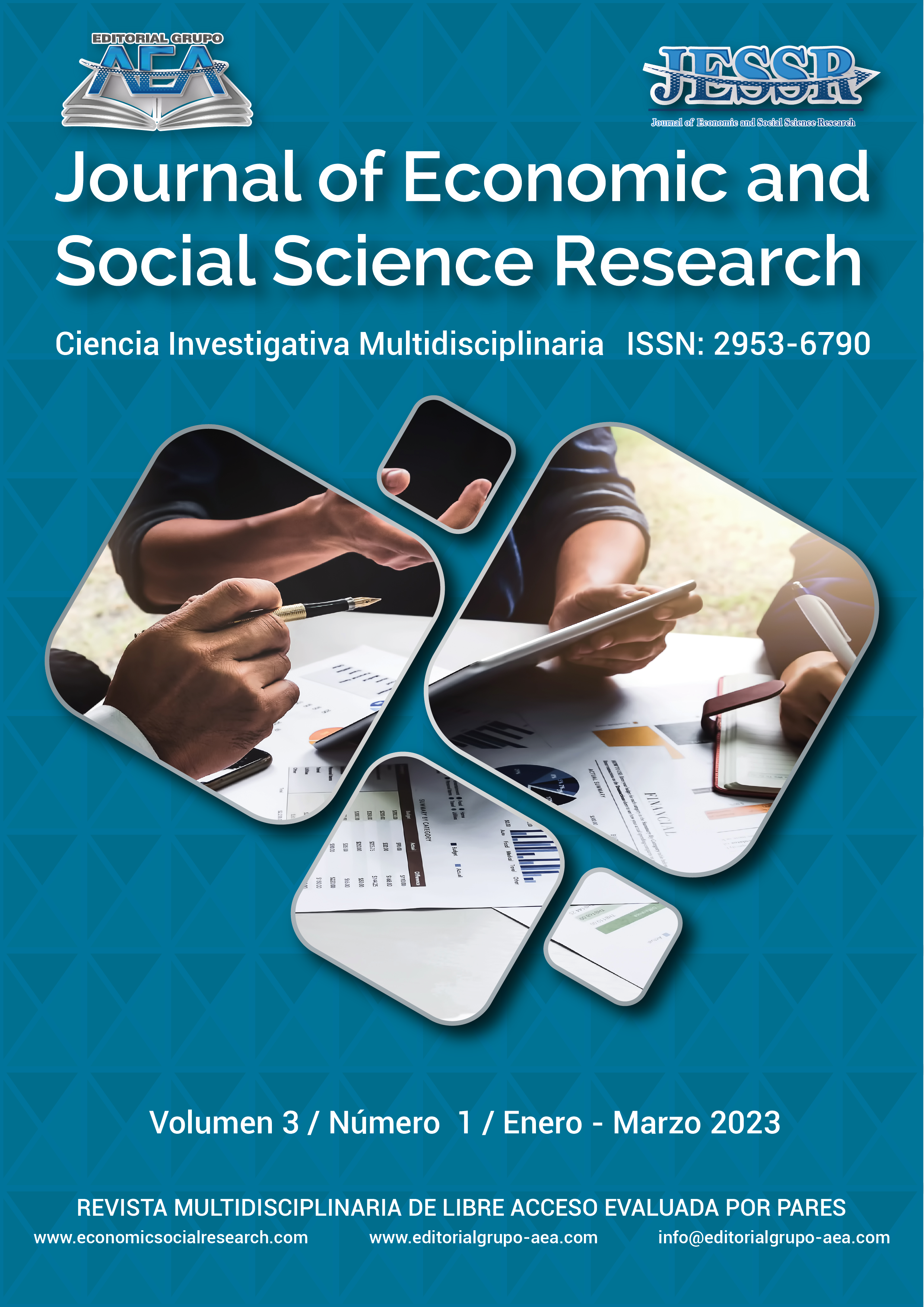Risks of poor surgical equipment hygiene
Main Article Content
Abstract
Identifying that poor hygiene of surgical equipment is one of the main risk factors for postoperative infections, the paper aims to assess the risks associated with poor hygiene of surgical equipment and the importance of proper cleaning to prevent infections in patients undergoing surgery. Through a review of scientific literature to identify studies addressing the relationship between poor hygiene of surgical equipment and postoperative infections in patients, studies indicate that patients undergoing surgery with non-sterilized or poorly cleaned equipment have a higher likelihood of developing infections. The discussion focused on the importance of proper cleaning and sterilization of surgical equipment to prevent postoperative infections in patients. The need to implement effective cleaning and disinfection policies and practices, as well as training for staff responsible for cleaning and maintaining equipment, was emphasized. Concluding that proper cleaning and sterilization of surgical equipment is essential for preventing infections and improving the safety of patients undergoing surgery.
Downloads
Article Details
Section

This work is licensed under a Creative Commons Attribution-NonCommercial 4.0 International License.
How to Cite
References
Chacko, B., Peter, J. V., Tharyan, P., John, G., Jeyaseelan, L., & Prabhakar, P. (2020). Current practices of surgical equipment hygiene in India: A multi-centre study. Journal of Hospital Infection, 106(1), 152-156. Obtenido de https://doi.org/10.1016/j.jhin.2020.05.022
Creswell, J. W., & Poth, C. N. (s.f.). Qualitative inquiry and research design: Choosing among five approaches. Sage Publications.
Davies, H. T.-A. (2020). Variabilidad en las prácticas de limpieza y esterilización en hospitales del Reino Unido: resultados de una encuesta de evaluación comparativa ambiental. Revista de infección hospitalaria, 105(3), 439-448. Obtenido de https://doi.org/10.1016/j.jhin.2020.03.027
Davies, H., Holmes, A., & Ahmed, M. (2020). The role of healthcare environments in shaping infection prevention and control practices: A narrative review. Journal of Hospital Infection, 104(2), 142-151. doi:https://doi.org/10.1016/j.jhin.2019.09.013
Flick, U. (2018). Flick, U. (2018). Designing qualitative research. Sage Publications. Obtenido de https://us.sagepub.com/en-us/nam/designing-qualitative-research/book237997
Jain, P., & Khan, Z. A. (2018). Strategies for hygiene improvement in the operating room. Journal of Global Infectious Diseases, 10(1), 3-9. Obtenido de https://doi.org/10.4103/jgid.jgid_117_17
Johnson, P., & Jones, R. (2018). Factors contributing to poor compliance with instrument decontamination guidelines. Journal of Infection Prevention, 19(3), 122-128. doi:https://doi.org/10.1177/1757177417752665
Mangram, A. J. (1999). Guideline for Prevention of Surgical Site Infection, 1999. Infection Control & Hospital Epidemiology, 20(4), 250-278. Obtenido de https://pubmed.ncbi.nlm.nih.gov/10196487/
Organización Mundial de la Salud. (2009). Clean Care is Safer Care: Implementation of the WHO Multimodal Hand Hygiene Improvement Strategy. Obtenido de https://www.who.int/gpsc/country_work/gpsc_ccisc_fact_sheet_en.pdf
Osei-Kwasi, M., Dun-Dery, E. J., Owiredu, E. W., & Newman, M. J. (2019). Evaluation of surgical equipment hygiene practice in a tertiary hospital in Ghana: a threat to the achievement of the sustainable development goals. BMC Infectious Diseases, 19(1), 76. Obtenido de https://doi.org/10.1186/s12879-019-3696-8
Perez, F., Pultz, M. J., Endimiani, A., Bonomo, R. A., & Donskey, C. J. (2017). Healthcare-associated infections: A public health problem. New England Journal of Medicine, 376(24), 2356-2365. doi:https://doi.org/10.1056/NEJMra1600294
Prabhu, M., Gupta, R., & Nataraj, G. (2019). Study of the impact of a training programme on the quality of surgical instrument sterilisation in a tertiary care hospital. Journal of Hospital Infection, 103(3), e73-e77. Obtenido de https://doi.org/10.1016/j.jhin.2019.04.009
Smith, A., McHugh, S., & Humphreys, H. (2016). Surgical instrument cleanliness: A review of the literature. Journal of Hospital Infection, 94(1), 1-10. doi:10.1016/j.jhin.2016.05.003
Smith, C. &. (2018). Infection Control in the Operating Room. Surgical Clinics of North America, 98(6), 1133-1148. doi:10.1016/j.suc.2018.07.004
Ward, M., & Ray, S. (2019). The economic burden of healthcare-associated infections: A systematic review. Applied Health Economics and Health Policy, 17(2), 125-137. doi:https://doi.org/10.1007/s40258-018-0432-6
World Health Organization. (2014). Antimicrobial resistance: global report on surveillance 2014. World Health Organization. Obtenido de https://reliefweb.int/report/world/antimicrobial-resistance-global-report-surveillance-2014?psafe_param=1&gclid=EAIaIQobChMIwNHGto-g_gIVDyKzAB1jHAVHEAAYAiAAEgILbfD_BwE
Yin, R. K. (2018). Case study research and applications: Design and methods. Sage Publications. Obtenido de https://us.sagepub.com/en-us/nam/case-study-research-and-applications/book260237





